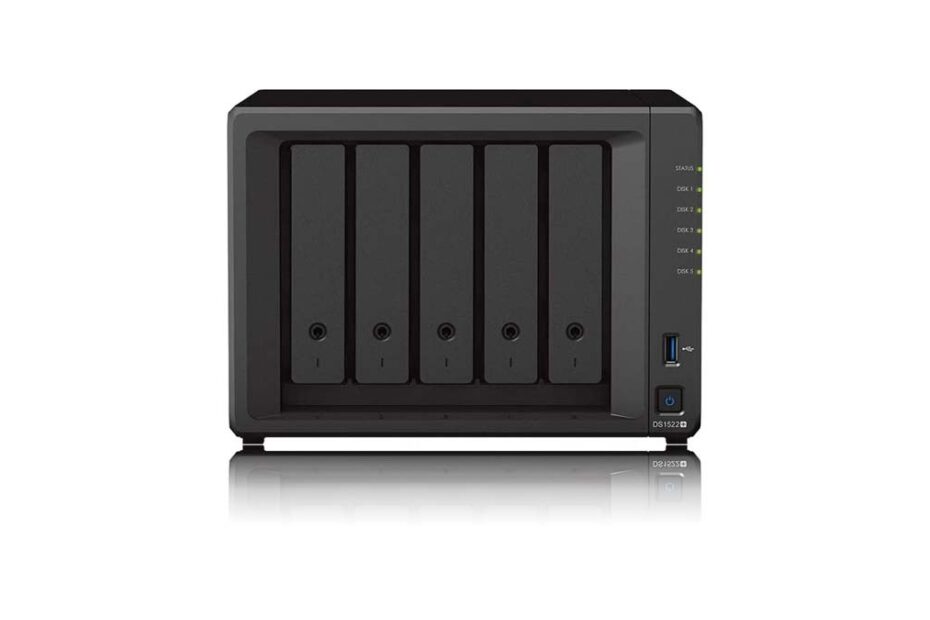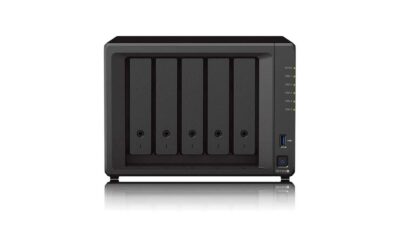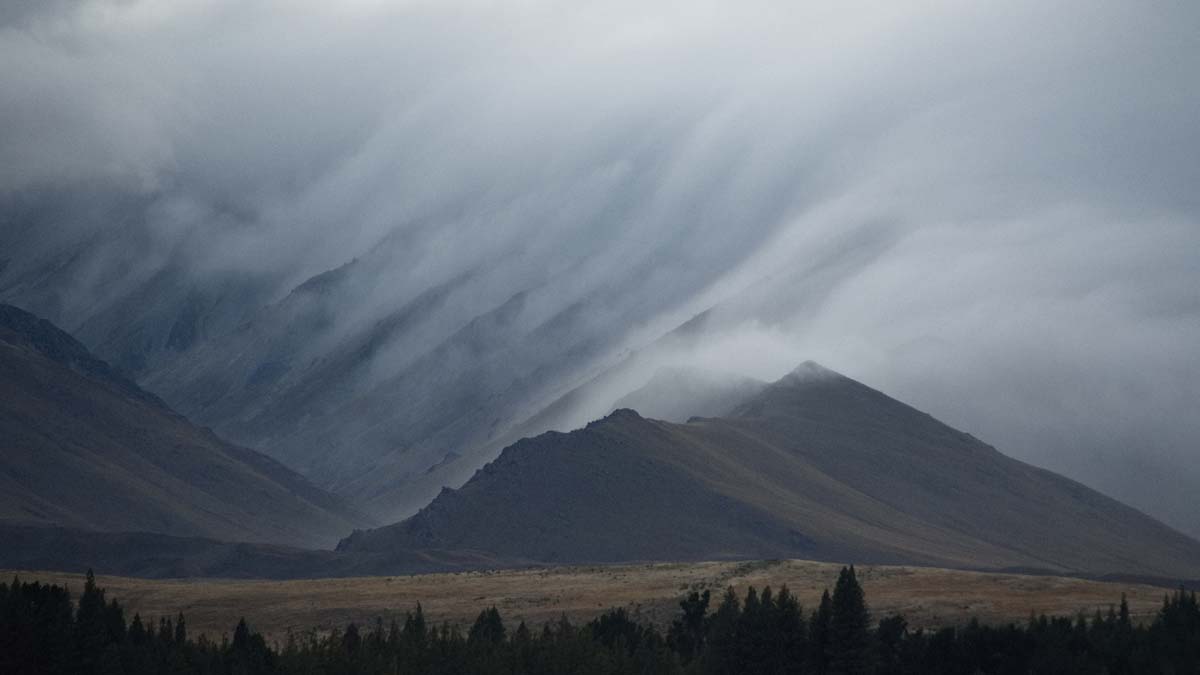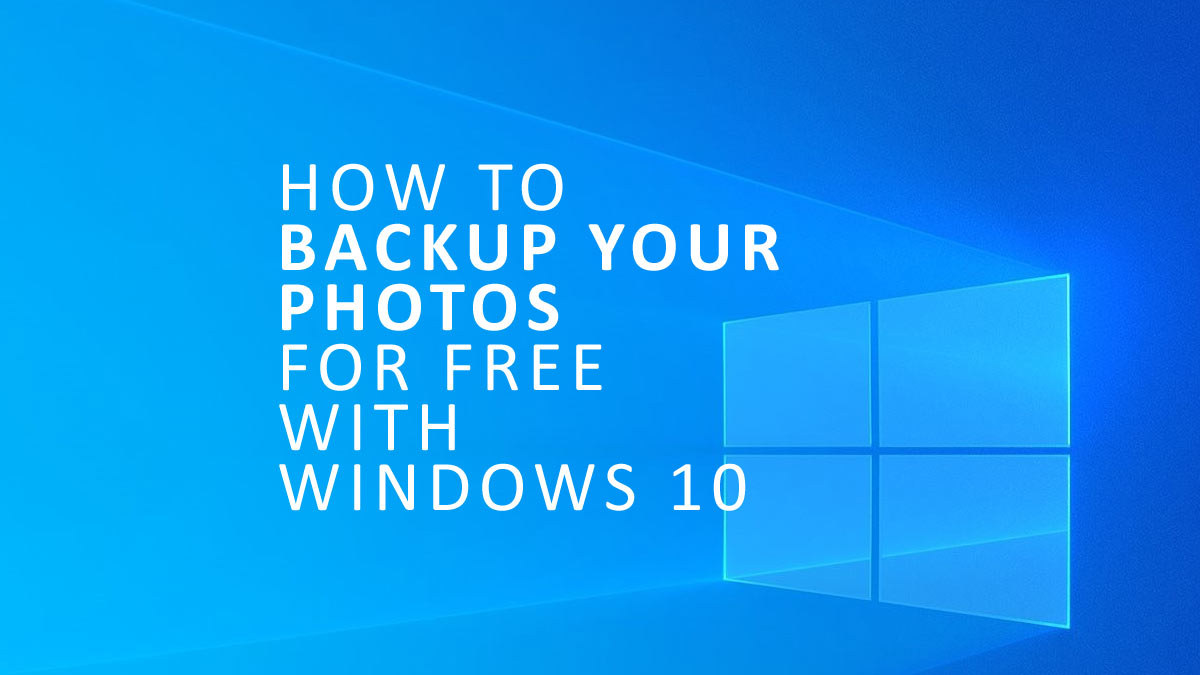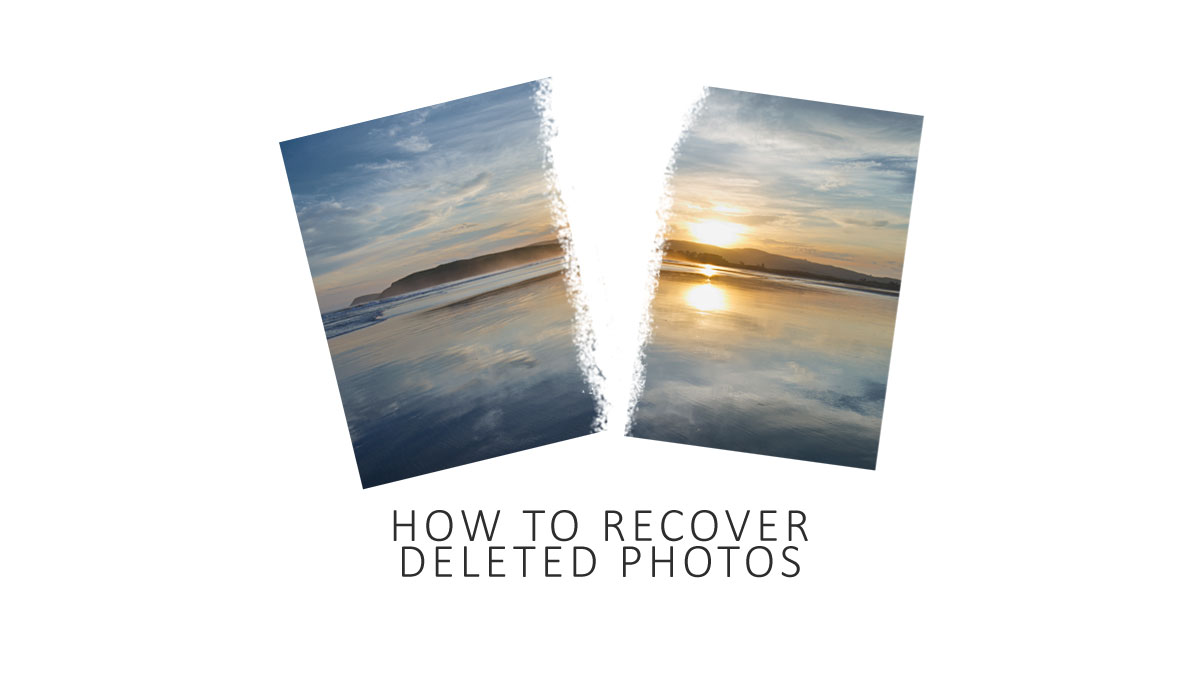RAID – or Redundant Array of Independent Disks is often used for disk mirroring. This means all data (photos) saved to one disk are automatically replicated to another, leaving you a spare should one disk fail.
However, RAID is often confused as a backup solution when it’s about ensuring uninterrupted uptime. So, if you’re considering using RAID for Photography, here’s what you need to know. Jump to Conclusion
Table of Contents
- What is RAID
- Why you should not use RAID to back up your Photos.
- What RAID is really for
- Do you need RAID for your Photography?
- Why you should use an External Hard Drive instead.
- Simple Backup Process
- Conclusion
What is RAID
RAID stands for Redundant Array of Independent Disks, and, in broad strokes, RAID is deployed in two ways.
Multiple Disks per Volume.
You can use RAID to spread a single volume, say your C: drive, over multiple disks. This is useful for two reasons.
First, you can create gigantic volumes that are well beyond the capacity of any single disk. Secondly, using multiple disks per volume can yield performance gains since your machine can read numerous disks in parallel. However, this is less relevant today, thanks to super-fast solid-state drives.
Nevertheless, if you want to create ginormous volumes or link slow magnetic hard drives in parallel, RAID might be your ticket.
Disk Mirroring
RAID is best known for disk mirroring. In its most simple guise, one disk mirrors another, and should one disk fail, your files remain present and accessible without interruption.
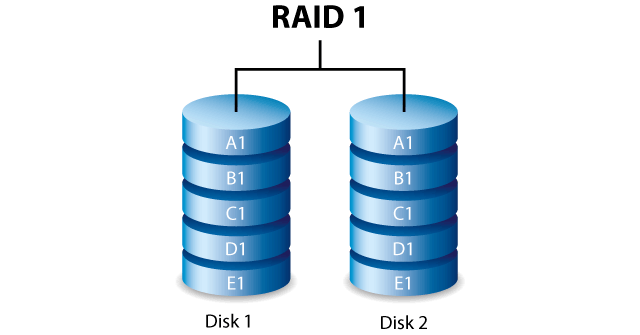
However, disk mirroring is no free lunch. Specifically, you might have two 2-Terabyte drives, but half that storage is lost to replication. In other words, out of a total of 4 Terabytes worth of storage, you only have 2 Terabytes to write files to.
Therefore, it’s much better to ditch one-to-one disk mirroring and spread your volume over three or more disks. This way, the data is replicated across all three disks meaning you have, in effect, two disks worth of capacity with room for one to fail. As a result, you get to use 66% of your disk pool instead of 50%. But however you set up your redundancy, RAID is not a backup solution.
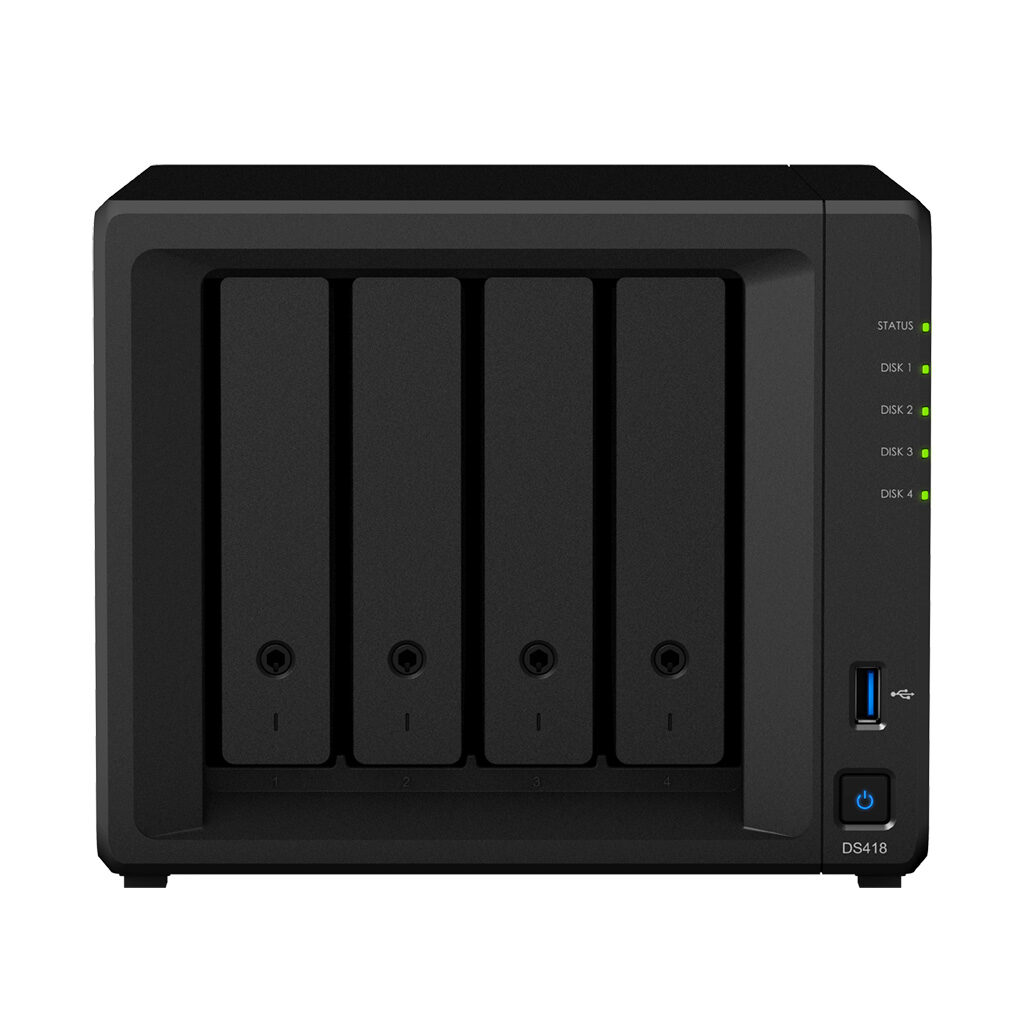
Why you should not use RAID to back up your Photos.
RAID was never intended to be used as a backup. This is because whatever goes wrong on one disk may be replicated on the other.
These issues include accidentally deleting a photo you should not have. And should one file be corrupted on one disk, the corruption itself will be replicated. Read How to Recover a Deleted Photo.
Then there are modern-day considerations with Malware and Ransomware; if one disk is infected, so is the other. And in one prior commercial experience – I had a RAID controller fail, so, unknown to me, the replication was not taking place.
What RAID is really for
RAID is not a backup solution. Instead, RAID is for business continuity. In other words, RAID ensures uninterrupted uptime for services that cannot suffer downtimes, such as those in banking, healthcare, or any other service in which downtime results in sufficient expense or risk of life (safety-critical IT systems).
In these organizations, RAID is just one piece of the puzzle which also includes redundant processing, disk, power, and network to ensure systematic failures don’t derail services.
Do you need RAID for your Photography?
Most likely not. For most photographers, having no access to images for a few hours, days, or weeks is not an issue. Even if you are a professional photographer with clients to please, having to wait a few hours while you restore your Library from external disk backup is a non-issue.
But if you require zero downtime and uninterrupted access to your files, the real-time replication of RAID is the way to go.
Why you should use an External Hard Drive instead.
If you can suffer a little downtime, the best backup solution remains external disks for the following reasons.
Cheap
External disks are pretty cheap these days. And because it’s a backup, you can suffer the slower performance of cheaper magnetic disk hard drives.
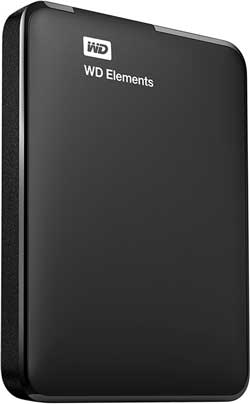
Portable
In an enterprise, at least one backup is kept off-site, so the main drive and backup are less likely to be destroyed by the same event – such as fire or flood. Many external Hard Drives are pocketable, making it easy to move them around.
Air Gap
Unlike RAID and NAS devices, external drives are easily disconnected from your computer and network. This means you can keep your backup physically isolated from network attacks such as Malware and Ransomware.
Faster than Cloud
The Cloud has its place in any backup strategy. However, depending on the speed of your internet connection, restoring your main Library from a Cloud-based backup can take time. In contrast, restoring your Library from a modern USB hard disk will be pretty quick, especially if you’re using solid-state drives.
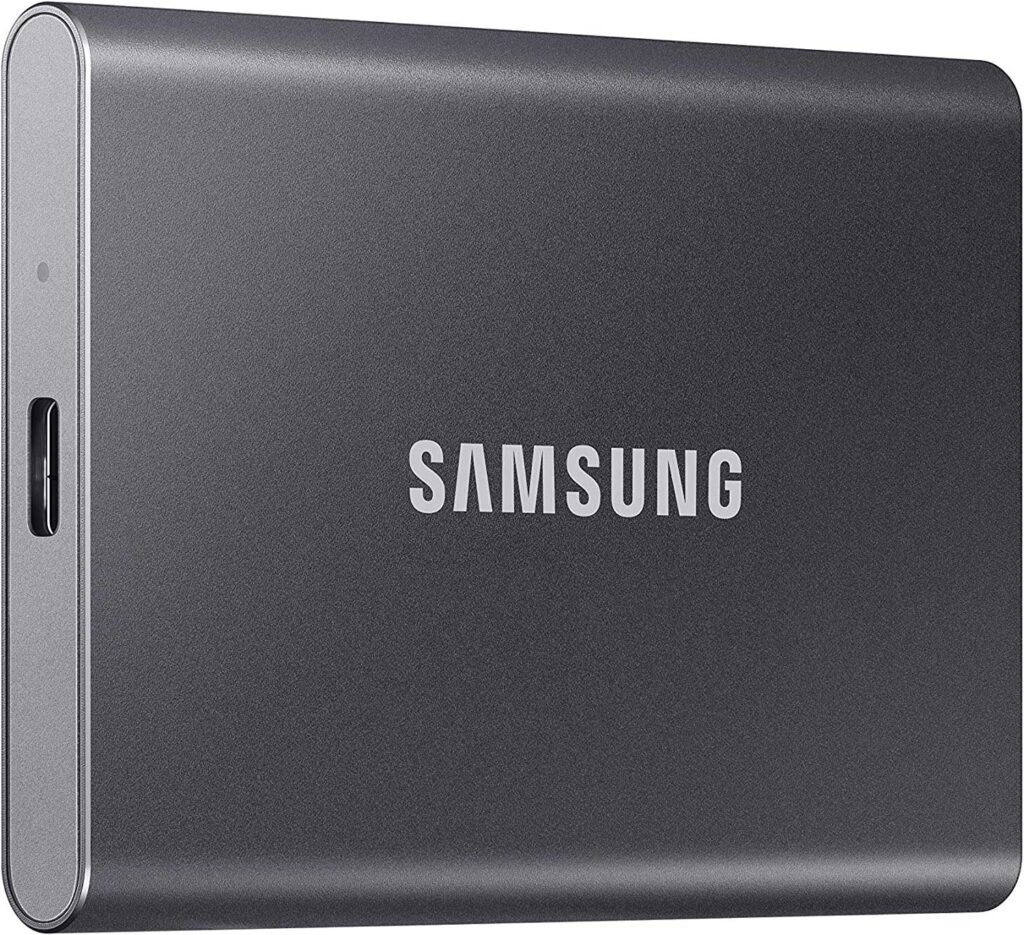
Simple Backup Process
This post is more about RAID. However, there’s a backup process that requires no more than an external hard disk. This process will ensure that your photos exist in at least two locations.
- Copy Photos from the SD card to the central main Library.
- Leave Photos on the SD Card
- Periodically Backup your Library to your External Disk (Weekly is good)
- Clear SD card once photos exist in Library and Backup.
You may not find this process satisfactory. However, this process marks the beginning of diminishing returns in which additional security invites growing costs and complexity.
So, if you’re starting, the process above offers a lot of risk mitigation for very little trouble and is sufficient to handle most bad luck. That being said, check out How to Backup your Photos with Windows.
Get Discounts on Photo Editing Software
Subscribe to my weekly newsletter and be notified of deals and discounts on photography software from ON1, Adobe, Luminar, and more. Spam Promise: Just one email a week, and there’s an unsubscribe link on every email.
Conclusion
I’ve read many articles promoting RAID as the ultimate backup solution, and it’s just not the case. In many cases, RAID will replicate file corruption, malware, and accidental deletions. In other words, it’s ensuring the business continuity you may not need, and you still need a backup.
But if you’re in a situation where losing access to files is expensive or dangerous, RAID will provide you and your client uninterrupted access to files and services should a disk fail.
However, most of us have the luxury of time, and it’s no problem going without access while we nip down to the shops, pick up a new disk and wait a few hours while we restore our Library from our backup.
If you found this helpful, subscribe to my weekly newsletter and receive deals and discounts on photography software and gear.
